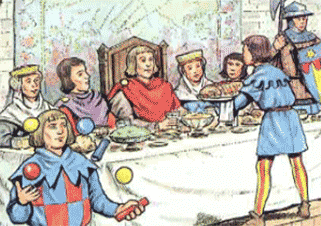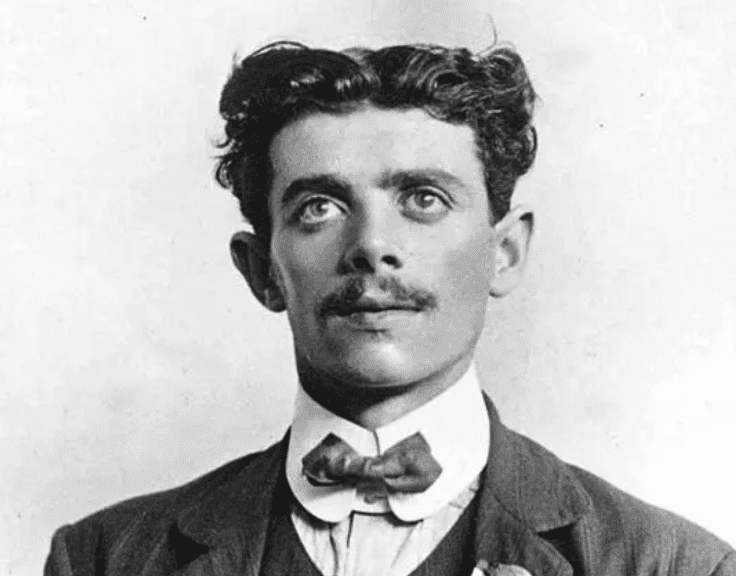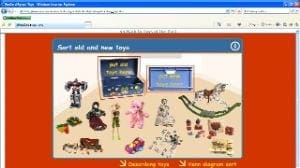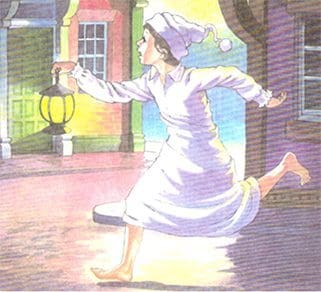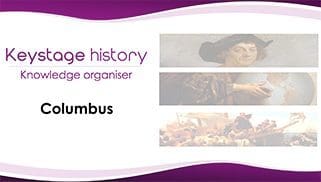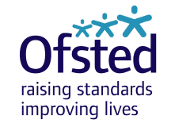
Preparing for the new EYFS framework in September 2021
Although most schools and settings prefer not to refer to history as a discrete subject on the Early Years curriculum, there is always a lot of talk about the past, often through the use of story books. This has proved to be a useful preparation for the more formal KS1 Programme of Study. Now, for the first time we find in the revised Early Learning Goals a more explicit reference to teaching about the past.
A new Early Years Foundation Stage framework will become statutory from September 2021. The actual curriculum for EYFS is not changing. There will still be seven areas of learning and development, categorised as either prime or specific. The three prime areas will remain as Personal, social and emotional development, Communication, language and literacy and Physical development. The four specific areas will remain as Mathematics, Literacy, Expressive arts and design and Understanding the world which is where history fits in.
So, what exactly is changing for September 2021
The Early Learning Goals (ELGs) – the knowledge, skills and understanding children should have at the end of their Reception year – have changed within each area of learning. These new Early Learning Goals are more closely aligned with the requirements of the history curriculum. Within Understanding the world, there is a new ELG entitled ‘Past and Present’. Reception teachers will need to make a ‘best fit’ judgement about children’s ability in relation to the new ELG criteria
What does this new 2021 Early Learning Goal for ‘Past and Present’ comprise?
Within ‘Understanding the world’, there is a new ELG entitled ‘Past and Present’. Development Matters (non-statutory curriculum guidance for EYFS,DfE,2020) provides examples of how to support this:
a) Talk about members of their immediate family and community
During dedicated talk time, listen to what children say about their family; share information about your own family, giving children time to ask questions or make comments; encourage children to share pictures of their family and listen to what they say about the pictures. Using examples from real life and from books, show children how there are many different families.
b) Name and describe people who are familiar to them
Talk about people that the children may have come across within their community, such as the police, the fire service, doctors and teachers. Listen to what children say about their own experiences with people who are familiar to them.
c) Comment on images of familiar situations in the past
Present children with pictures, stories, artefacts and accounts from the past, explaining similarities and differences. Offer hands-on experiences that deepen children’s understanding, such as visiting a local area that has historical importance. Show images of familiar situations in the past, such as homes, schools, and transport. Look for opportunities to observe children talking about experiences that are familiar to them and how these may have differed in the past. Offer opportunities for children to begin to organise events using basic chronology, recognising that things happened before they were born.
d) Compare and contrast characters from stories including figures from the past
Frequently share texts, images, and tell oral stories that help children begin to develop an understanding of the past and present. Feature fictional and non-fictional characters from a range of cultures and times in storytelling, listen to what children say about them. Draw out common themes from stories, such as bravery, difficult choices and kindness, and talk about children’s experiences with these themes. In addition to storytelling, introduce characters, including those from the past, using songs, poems, puppets, role play and other storytelling methods.
So how does this help to inform your practice?
I don’t know about you, but I find all this guidance very vague and lacking the sort of insights needs to transform your practice. Above all, it would have been helpful to have matched examples to the most commonly taught topics. So this is what I have set out to do for you, using the accompanying chart RS1.
![]() RS1 – Past and Present: highlights and exemplification Development Matters
RS1 – Past and Present: highlights and exemplification Development Matters

